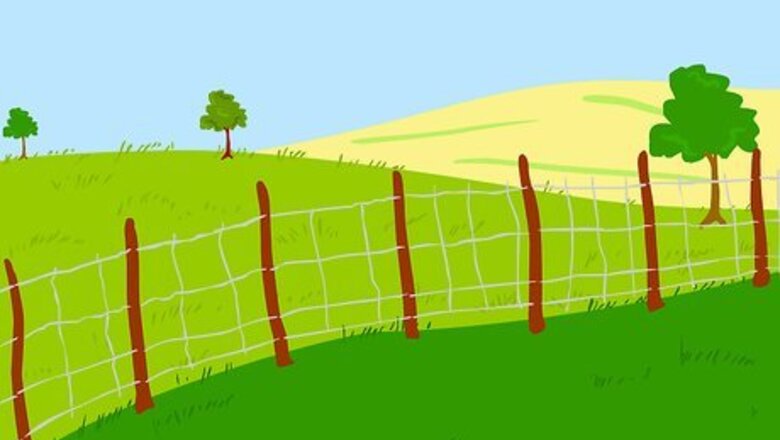
views
Checking the Fences
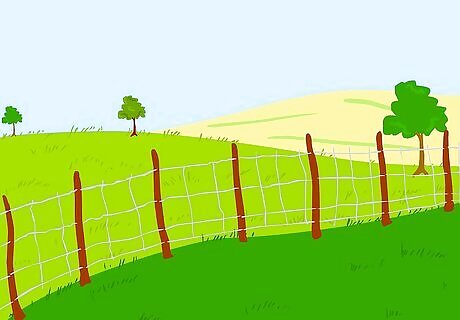
Check fences prior to turning cattle out. Assuming that pasture fencing is already present, go around the perimeter of the pasture that you are to graze your animals in and check the fence for any broken wires, stretched wires, staples pulled out, broken posts, or trees on the fence line. Fix such weak areas as you find them accordingly.
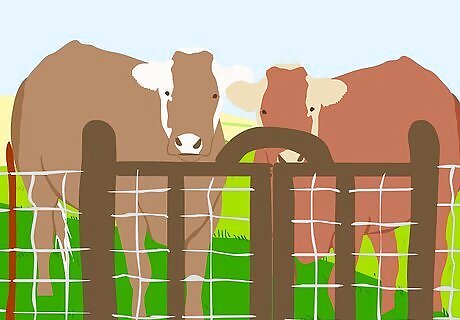
Open the gate and coax or bribe the cattle through to the fresh grass. Quite often, just the activity of checking fences will bring cattle up to the gate or fence to see what you are up to. Cattle are always inquisitive and will go to discover anything that is new or different, such as activity out in the field or an open gate left deliberately or accidentally open. Thus, it shouldn't take them very long to find the open gate and the fresh grass beyond.
Moving to New Grazing Pastures
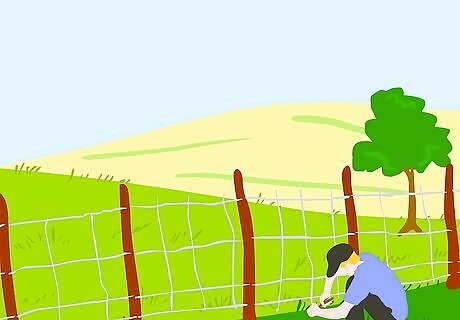
Repeat the fence checks for the pasture you want the cattle to graze in next before moving them there. It cannot be stressed enough the importance of checking fences before moving cattle. Sometimes you may want to check fences again during the time they are on pasture, especially if they are in an area that is big enough to allow them to graze there for three to four weeks or more, and especially if the fences themselves are old and prone to break from the stress put on them by the cattle.
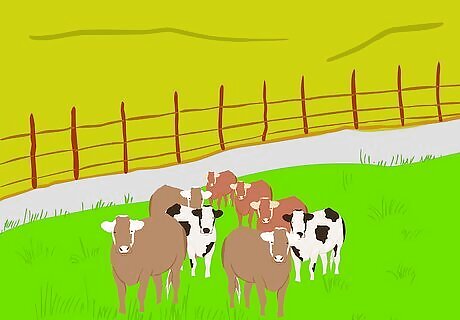
Move the cattle from the spent pasture onto a new pasture or paddock. Cattle that are manage-intensive-grazed (MIG) will soon get accustomed to being moved at a certain time of day or after a certain time they are on pasture. Cattle that are continuously grazed on a large pasture are not trained as such, and require calm herding techniques to move them from one pasture to the other. Cattle should be moved to fresh pasture when 50% to 70% of cover has been removed; this is important with rotational grazing that follows a high-intensity low-frequency form of grazing. Cattle will need to be moved sooner in a high-frequency low-intensity form of grazing where they only get to graze enough that they are taking only one bite from every plant and trampling the rest. With continuous/rotational combination grazing (where one pasture is being grazed for around a month before moving the animals on to the next) remember to move them before most of the pasture gets overgrazed. This is where determining stocking rates or stocking density--used mostly for MIG--is important. The timing of when you decide to move your animals to fresh pasture depends on the pasture size (number of acres), the average body weight of the herd, and the forage quality and quantity.
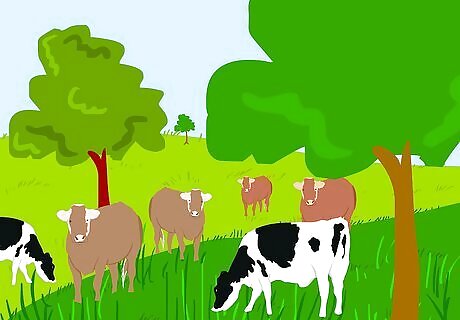
Repeat the process from the steps above. Make sure pastures get a rest period of 25 to 30 days or more to allow plants to come back at an adequate height to be grazed again.




















Comments
0 comment